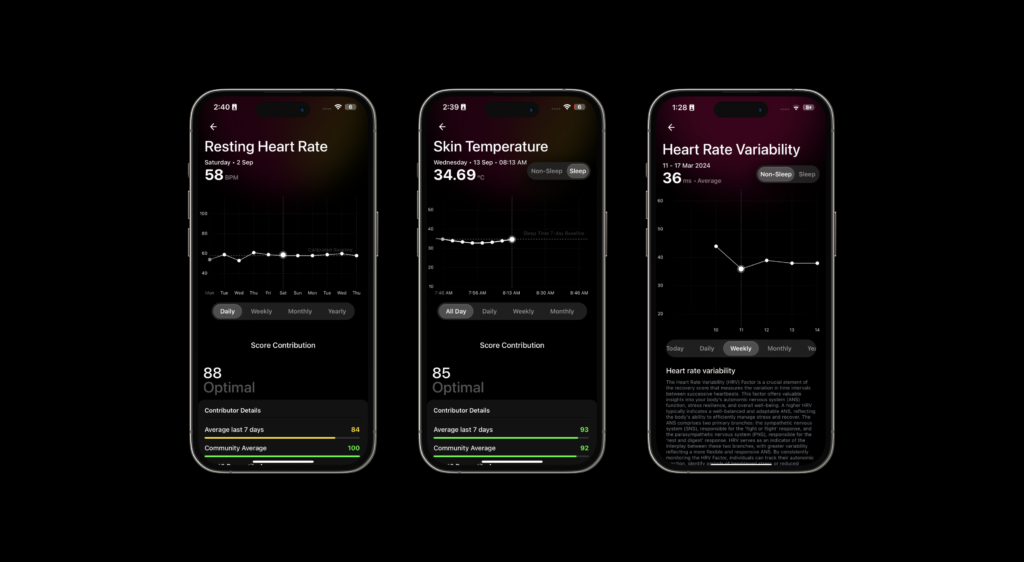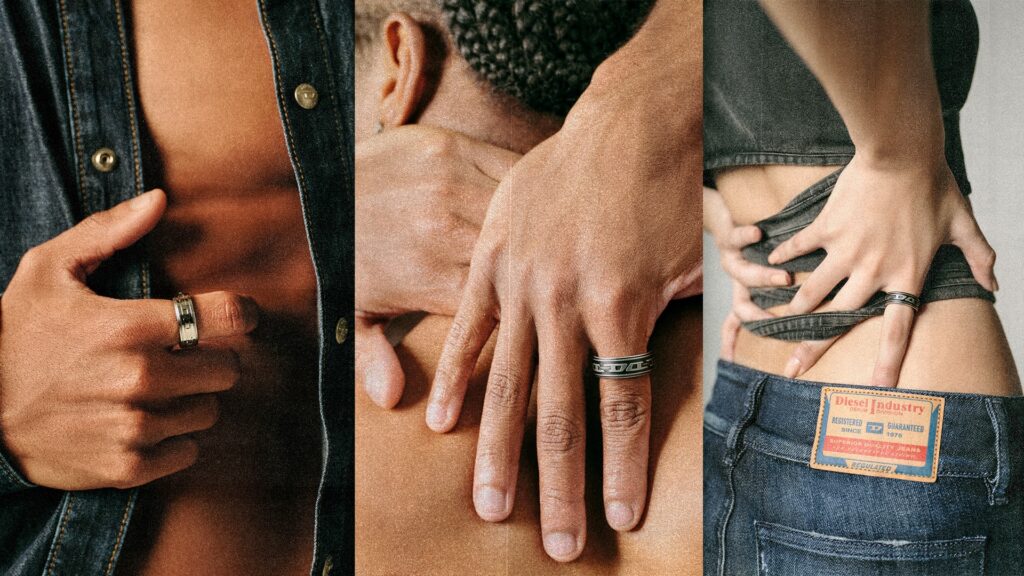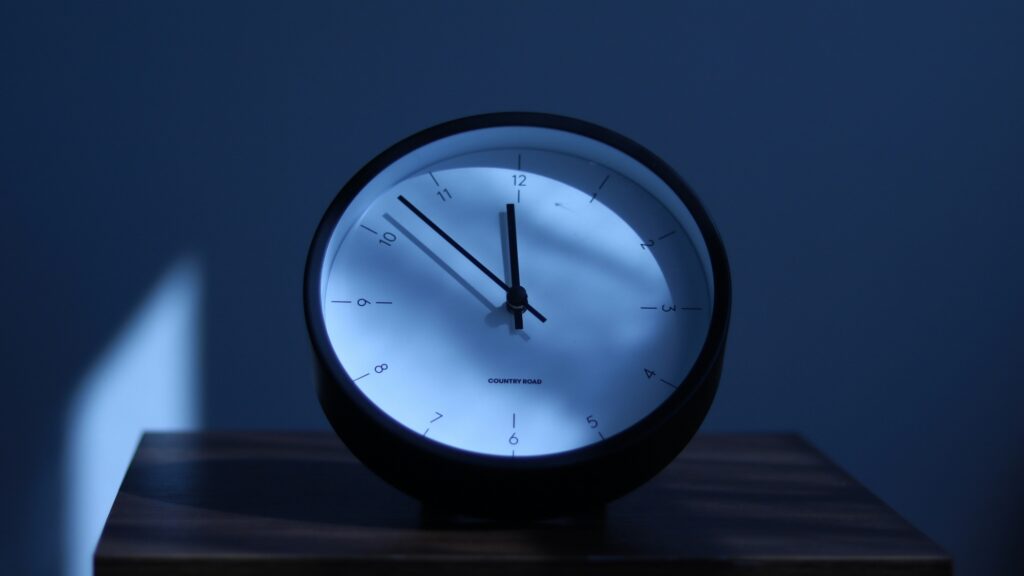If your Ultrahuman Ring AIR data shows gaps in HR, temperature, or HRV the issue is usually physical, not technical. Here’s a breakdown of common causes and what you can do about them.
Read more: Ultrahuman skin temperature data explained
Your ring was too loose. You can try wearing it on a different finger
Cause: A loose ring can lose contact with your skin during sleep, interrupting data collection.
Fix: Wear the ring on a finger where it fits snugly — ideally one where it doesn’t rotate or shift while you sleep.
Sensors not aligned properly
Before sleep, ensure your ring’s LED sensors are underneath your finger and your ring fit feels snug.
Cause: If the sensors shift away from the underside of your finger, signal quality drops.
Fix: Make sure the sensors face your palm and that the ring feels secure before bed.
There’s dirt or dead skin between the ring sensors and the finger
Cleaning the ring with a damp microfibre cloth can help.
Cause: Build-up on the sensors blocks the light-based measurements the ring relies on.
Fix: Clean the sensor area regularly with a soft, damp cloth to ensure accurate readings.
A high amount of motion due to restlessness during sleep
Cause: Movement can disrupt the ring’s contact with your skin, causing short data gaps.
Fix: Occasional gaps from movement are normal. If it’s frequent, check that your ring stays in place overnight.
You slept in a position that caused your hand to go numb
Cause: Reduced blood flow can interfere with signal detection by the sensors.
Fix: Try adjusting your sleep position to avoid compressing your arm or hand for extended periods.
Your resting heart rate was exceptionally low (below 35 bpm).
Cause: Very low HR — often in highly trained individuals — can fall below the device’s detection range.
Fix: No fix needed unless gaps are frequent. You can experiment with wearing the ring on a different finger.
Arrhythmia, or an irregular heartbeat.
Cause: Irregular heart rhythms can confuse the ring’s ability to detect and interpret clean signals.
Fix: If this occurs regularly, consider consulting a medical professional to rule out any underlying issues.
Conclusion
Short-term gaps are common and almost always come down to physical factors like fit, movement, or sensor contact. A snug fit, clean sensors, and proper alignment usually prevent most issues.
If you’re still experiencing problems then reach out to our support team.








